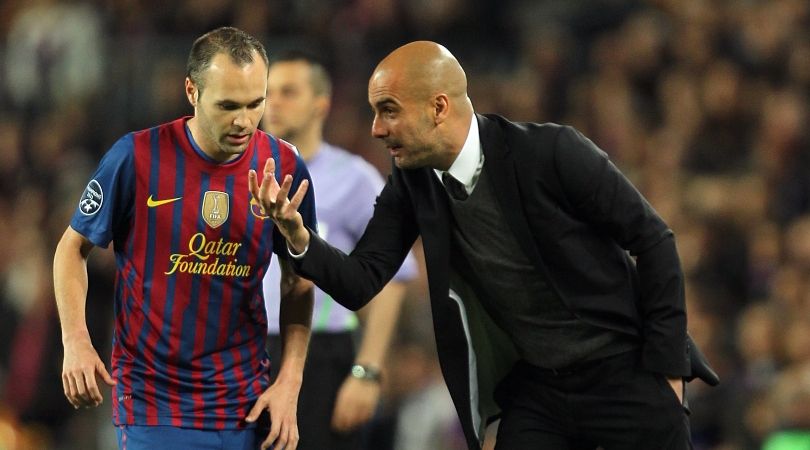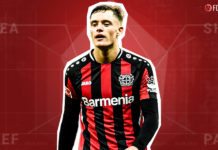What is the role of the Midfield in football?
Well, football has always been about Maintaining the Motion. Keeping the ball moving, the players running, and the game going throughout the 90 minutes.
This beautiful game with time, however, has evolved greatly.
Initially, the Italians won hearts. Then came the Brazilian magicians and the Flying Dutchman, Johan Cruyff with his Total Football.
At the heart of each of these phases has been arguably the most important component of any football team – the Midfield.
As the evolution continues, there are several players who are driving this change in the new age midfielders.
From the difference made by Pep Guardiola to Thomas Muller and Roberto Firmino, FootTheBall tries to cover it all.
LOOKING BACK
Traditionally, the midfield plays the simple role of the transition of the ball. While the jobs of defense and attack are narrower, the midfield is expected to strike the balance. Facilitate the transitions and provide the necessary linkages between the attack and defense. Midfielders were expected to play Box-to-Box. This perception however has evolved.
As Johan Cruyff roamed the pitch more freely and got involved in the game, it opened a new world of possibilities for the traditional midfield.
Exploring this world, were none other than Premier League legends, Manchester United’s Paul Scholes and Arsenal’s Dennis Bergkamp. Despite not being as relevant statistically, the difference that these players made to the game was immense. They were omnipresent on the field and at the heart of the game throughout.
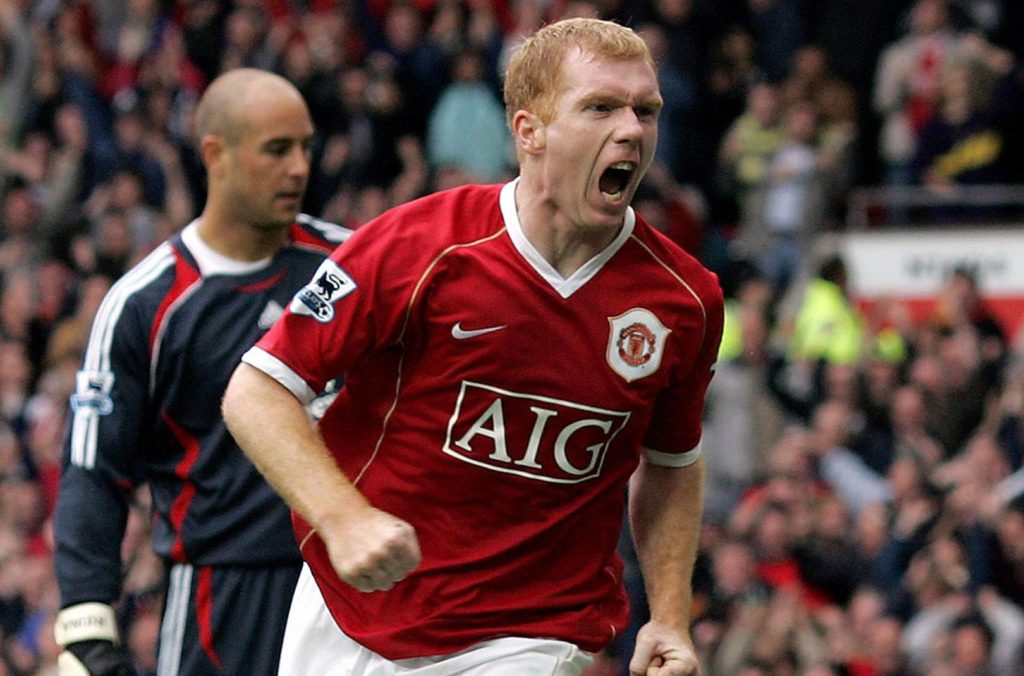
As the midfield continued to develop, soon a separate role for an Attacking Midfielder came into existence. A player in the midfield that was solely responsible for contributing to attacking. Among the earliest and finest examples that come to one’s mind include Diego Maradona and Ronaldinho.
Both in the Number-ten shirts were at the heart of the game and the cornerstone of all attacks. To explain their role more briefly, these players exploited the space between their midfield and attack to create chances.
Other examples of such players include Steven Gerard and Frank Lampard.
As this role gained importance in the game, every team adapted to play a centre-attacking midfielder (or a CAM) in the three-man midfield.
To nullify this effect of the 4-3-3, another midfield position known as the Defensive Midfielder came into existence. Originally attributed to Claude Makelele, nowadays all teams have CDMs. Be it Barcelona’s Sergio Busquets, Real Madrid’s Casemiro, or Liverpool’s Fabinho.
These players though remain absent from attacking, play an integral role in the game. They contribute to the defense and cover for the defensive role of the rest of their midfield. They’re often labeled as the destroyers and are responsible for making tackles and stopping counter-attacks before the box itself. This new arrangement led to a 4-4-2 being prevalent with a diamond-shaped midfield.
PLAYING BETWEEN THE LINES
The 4-4-2 arrangement had always been was more balanced than the 4-3-3 and was thus harder to penetrate.
With defensive and attacking midfielders covering the space between the lines, it may seem like there’s little more to do.
Pep Guardiola however believed otherwise.
In what we witness today, we see another 4-2-3-1 formation gaining prominence. This especially is characterized by the midfield being given immense importance, as has always been the case with Guardiola’s teams.
The role of each player in this formation is not as rigid and is expected to be adapted according to the requirements of the game.
This has given rise to a shift of attacking responsibility in the midfield. From the number-ten to a number-eight.
While the number-ten was initially expected to play as a CAM, it is not necessarily the case anymore. He is now expected to play in more of a false-nine position and score goals while at the same time act as the Facilitator of Attacks.

So is the case with Guardiola’s midfield in Manchester City. Players like David Silva, llkay Gundogan, Bernardo Silva, and even Kevin De Bruyne are honed to play a more wholesome – an attacking number-eight role than the traditional number-ten. These players are never exactly expected to score from long shots or provide assists, they are rather a part of the overall build-up phase.
In this kind of a system, their presence in the attack is just as crucial as their role in maintaining possession and pressing to defend counter-attacks.
This is what Guardiola has made these traditional CAMs into.
Another interesting case of a Special midfielder is none other than Andrea Pirlo.
Often said to be playing in the Regista position, Pirlo was considered the architect of the game. His vision and finesse on the ball were his strength. Despite being away from the scoresheet, he was among the most important players on the pitch. His experience and ability to undertake pressure helped him become one of the finest captains of all time.
As we move past Pirlo and continue to look between the lines for a more present-day hero, Roberto Firmino comes to mind.
The Brazilian plays the role of a False-nine for reigning English champions, Liverpool FC.
Barely on the scoresheet, Firmino’s role is more about intelligence.
Throwback to Liverpool front trio in 2017/18 Champions League..
🇧🇷 Roberto Firmino – 🔟 Goals
🇸🇳 Sadio Mane – 🔟 Goals
🇪🇬 Mohamed Salah – 🔟 GoalsThe first time in the history of the UCL that 3️⃣ players from the same team hit double digits goals.
History makers!#GetSporty pic.twitter.com/Kf5AVGlua8
— SportyBet (@SportyBet) October 10, 2020
Generally positioned right between the opposition’s defense and midfield, he is responsible for ‘dismantling’ the defense and creating spaces for teammates, Mohamed Salah and Sadio Mane to score. While the importance of the role may not be visible to one, his absence from the pitch makes quite a difference to Liverpool. Jurgen Klopp realizes it well and Firmino is, thus, the player with the highest number of minutes played under his reign.
THE DOUBLE PIVOT
Pivot in simple terms can be explained as a point of focus or control.
In recent times, rather than providing the responsibility of playmaking on the shoulders of one player alone, teams have resorted to a double pivot. This means that there shall be two players on the pitch complementing every move of one another.
In case one player in the double-pivot system moves into the attack, the other automatically falls back. Similarly, in case one is pressing for the ball – the second player runs into space to receive it. This is especially helpful for teams relying on high possession style of play.
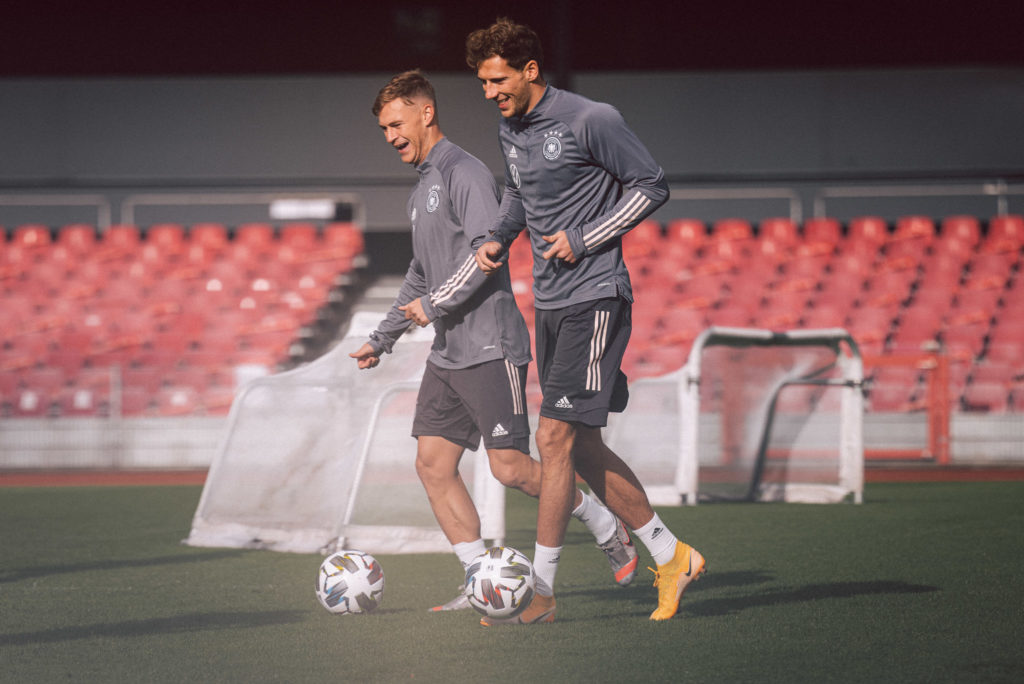
The most accurate and recent example for this is Bayern’s midfield pair of Leon Goretzka and Joshua Kimmich. While one controls the game, the other manages the defensive bit of play. The role is not rigidly specified and keeps rotating throughout.
As a result, Serge Gnabry and Thomas Muller have well been able to exploit all the space that has been created, for scoring as well as assisting goals.
Another innovation around the double-pivot system was the introduction of Inverted full-backs.
Essentially introduced in by Pep Guardiola, he once again revolutionized football tactics. Full-backs, who generally played a more orthodox role were involved in orchestrating the play from the half-spaces. With the team winning possession, these players moved inwards on the pitch and the formation shifted from a 5-3-2 to a 3-5-2. This five-man midfield was an even more effective manner of retaining possession and creating chances. Kyle Walker and Oleksandr Zinchenko are Guardiola’s favourites in such a position.
FURTHER CREATIVE
Having, mentioned the extraordinary midfielders and their contribution, the list may seem void without these two names mentioned ahead.
That’s right, it’s time we look at Andres Iniesta and Xavi Hernandez.
Often regarded as the Greatest Midfield duo of all time, Iniesta and Xavi have shown us the impossible. Being a part of the La Masia academy, Tiki Taka was deeply ingrained in their DNAs. What was further extraordinary was their vision and ability to control the game.
While one may compare this to a pivot, watching the game makes us realise it was a lot more.
With Sergio Busquets covering for their defensive work, they were free to move throughout the pitch. They were reckless and were at the center of playmaking as well as goal contributions.
Their game is always a delight to watch and is characterized by a continuous and graceful movement of the ball. Be it with Spain, or Barcelona. the Tiki-Taka style and chemistry always played them an advantage.
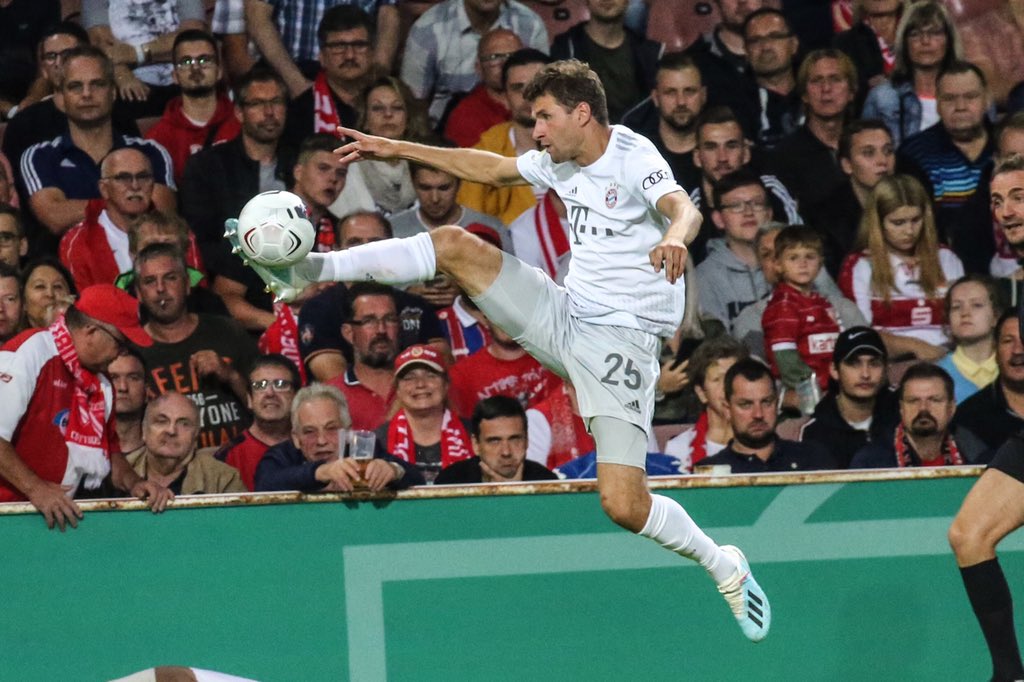
Another man who deserves to be regarded for his immense creativity is Bayern Munich’s Thomas Muller. The German international has developed himself into something that was unknown before. He himself calls his position Raumdeuter i.e. “Space interpreter”. For years now, the German has been playing a unique role – different from a traditional CAM or a false-nine.
Generally positioned between his team’s attack and midfield, Muller takes the responsibility to provide the necessary linkage by paving the way.
He moves through the region altering the shape of defenses – to create space for his teammates to attack. Though not the best goal-scorer, he fulfills his role by creating gaps for the attack to slip through.
This has been the case with his game at not just Bayern, but also Germany. As they lifted the World Cup in 2014, alongside Mesut Ozil and Mario Gotze, his role was integral for Germany as it created passages for the three-man midfield to move ahead and create chances.
FUTURE OF THE MIDFIELD…
Well, the above has only been a brief walk around how the midfield has evolved. No one in the early era could have imagined a four-man midfield with separate CDMs and CAMs, let alone the roles of Regista and the Double-Pivot system.
These roles came into existence and lead to immense success for the sole reason that they had been Unimagined and Unexplored.
They came into the limelight, for they were able to tear apart and combat the traditional defenses.
This is the beauty of evolution.
As Pep Guardiola and Hansi Flick are improving their tactics amid celebrating success, several others are looking to break through their unfaltering midfield systems.
And that is what we eagerly await!
(Feature Image Courtesy: Twitter/ @BarcaWorld)

